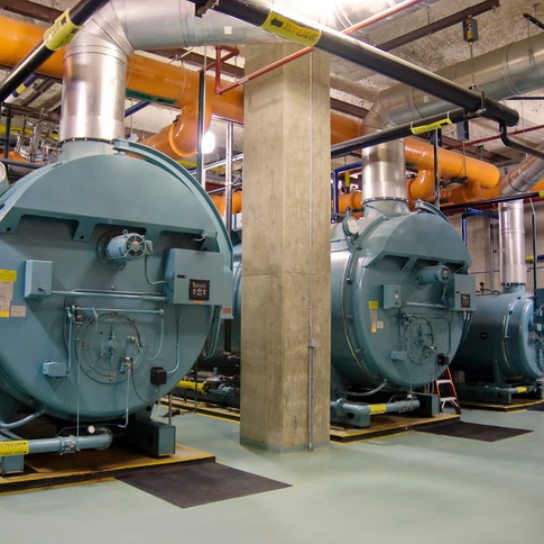Applications of Poly Aluminium Chloride in Water Treatment Processes and Techniques
The Use of Poly Aluminium Chloride in Water Treatment
Water is a fundamental resource that sustains life, and its quality directly affects human health, aquatic ecosystems, and the environment. With increasing demands for clean water, the need for effective water treatment solutions has become more pressing. Among various coagulants used in the treatment of drinking water and wastewater, Poly Aluminium Chloride (PAC) has emerged as a popular and effective option. This article explores the composition, mechanism, benefits, and applications of Poly Aluminium Chloride in water treatment processes.
Composition and Properties of Poly Aluminium Chloride
Poly Aluminium Chloride is a chemical compound that consists of aluminium salts of polyacrylic acid. It is a coagulant that is produced by the reaction of aluminium chloride with sodium hydroxide. PAC is typically available in both liquid and powdered forms, and its composition can be adjusted to enhance its effectiveness in various water treatment scenarios. One of its key features is its high charge density, which plays a critical role in its coagulation properties.
Mechanism of Action
The primary function of Poly Aluminium Chloride in water treatment is to aid in the coagulation and flocculation processes. When PAC is added to water, it dissociates into positively charged ions. These ions attract negatively charged particles, such as suspended solids, colloids, and organic matter. This attraction leads to the agglomeration of particles, a process known as coagulation.
Once coagulation occurs, the formed aggregates, or flocs, increase in size and become heavy enough to settle out of the water or be removed through filtration processes. PAC is particularly effective in reducing turbidity, color, and organic contaminants in water, thus improving its overall quality.
Advantages of Using Poly Aluminium Chloride
1. Efficiency PAC is known for its high efficiency in wastewater treatment. It can work effectively across a wide range of pH levels, making it adaptable for various water sources. Its ability to remove a significant percentage of turbidity and organic matter ensures that treated water meets regulatory standards.
2. Cost-Effectiveness Compared to traditional coagulants like alum, PAC generally requires lower dosages, which can lead to reduced operational costs. This aspect is particularly advantageous for water treatment facilities looking to optimize their budget without compromising on water quality.
3. Rapid Settling The flocs formed with PAC tend to settle quickly, which accelerates the sedimentation process in treatment systems. This characteristic allows for more efficient and faster processing of water, enhancing the overall productivity of treatment plants.
use of poly aluminium chloride in water treatment

4. Lower Residual Sludge The use of PAC can result in the generation of less sludge compared to other coagulants. This reduction in residual solids not only decreases disposal costs but also minimizes environmental impact.
5. Improved Filtration The use of PAC enhances the filtration process, resulting in higher quality effluent. The smaller particle size of the flocs formed leads to improved filtration rates, enabling systems to achieve better results in removing impurities.
Applications in Water Treatment
Poly Aluminium Chloride is widely used in various water treatment applications, including
- Drinking Water Supply PAC is commonly employed in municipal water treatment plants to ensure safe drinking water by effectively removing contaminants and pathogens.
- Industrial Wastewater Treatment Many industries utilize PAC to treat their effluents, enabling compliance with environmental regulations while recovering valuable resources.
- Sewage Treatment In sewage treatment plants, PAC aids in the removal of organic matter, thereby improving the quality of treated effluent released into the environment.
- Pulp and Paper Industry PAC is used as a coagulant in paper manufacturing, helping to clarify process waters and reduce chemical usage.
Conclusion
The use of Poly Aluminium Chloride in water treatment processes is a critical advancement in ensuring clean and safe water for various applications. Its effectiveness, cost-efficiency, and environmental benefits position PAC as a valuable option in the toolbox of water treatment technologies. As we continue to face water quality challenges globally, the reliable properties of PAC will be instrumental in meeting the demands for sustainable and safe water resources. Investing in research and application of PAC can lead to better management of water supplies and contribute to overall public health and environmental sustainability.
-
Dodecyldimethylbenzylammonium Chloride: High-Purity DisinfectantNewsAug.30,2025
-
2-Phosphonobutane-1,2,4-Tricarboxylic Acid: Scale & CorrosionNewsAug.29,2025
-
Premium Isothiazolinones | Broad-Spectrum Biocidal SolutionsNewsAug.28,2025
-
LK-319 Special Scale And Corrosion Inhibitor For Steel Plants: Advanced Solutions for Industrial Water SystemsNewsAug.22,2025
-
Flocculant Water Treatment: Essential Chemical Solutions for Purification ProcessesNewsAug.22,2025
-
Isothiazolinones: Versatile Microbial Control Agents for Industrial and Consumer ApplicationsNewsAug.22,2025





